Cody Ware suffered an exploded left front brake rotor heading into Turn 6 with two laps remaining in Sunday’s Grant Park 165 at the Chicago Street Course. As you would expect, losing brakes heading into a sharp left-hand turn did not work out in the favor of the driver of the No. 51 Rick Ware Racing Ford Mustang Dark Horse.
Ware, who was running inside the top 15 in the closing laps, couldn’t get his car slowed down, skidded straight through Turn 6, and slammed head-first into the tire barrier at an astonishing 100 miles per hour. While the TNT Sports broadcast didn’t capture the moment of impact, a video from a fan (@MagnusCheeks on X) in the stands has surfaced on social media, which gives us an idea of just how intense the crash was with two laps to go.
Oh my goodness, the impact for Cody Ware into the tire barrier with two laps to go is even harder and more intense than I could have imagined. Thankfully, he was able to walk away. Man… #NASCAR pic.twitter.com/B8lPGNWOjW
— Toby Christie (@Toby_Christie) July 7, 2025
Ware keyed up his microphone and told his team, “I need help,” indicating that he was feeling some effects physically from the crash in the moments after coming to a dead stop in the tire barrier.
Here is a replay from Ware’s in-car camera, which shows another angle of how hard the crash was, and it includes Ware’s radio transmission indicating that he needed help.
From Cody Ware's onboard. He'd apparently been saying the right front had been locking up but didn't confirm if it was a tire or brake failure before getting out of the car.
Tough ending to what had been a great run for him. https://t.co/YgTC90rWZt pic.twitter.com/5BleyEWnsq
— Steven Taranto (@STaranto92) July 6, 2025
As Ware’s crash occurred, the leader, Shane van Gisbergen, had yet to cross the finish line to take the white flag in the 75-lap event. But the caution wouldn’t come for Ware’s severe crash into the Turn 6 barrier for roughly 35 seconds after the initial impact, which allowed SVG to take the white flag.
With the race on its final lap, the caution froze the field and effectively sealed the win for the Trackhouse Racing driver.
Many questioned how NASCAR Race Control couldn’t have thrown the caution any sooner than it did following Ware’s crash. Some speculated that NASCAR didn’t want to extend the ending of the race due to weather rolling into the Chicago area, while others wondered if NASCAR simply didn’t want to create a chaotic overtime finish to what had been a successful Chicago Street Race.
NASCAR issued a statement about the delayed caution flag following the race, and in the statement, NASCAR admitted that Ware’s crash was more severe than they were aware of, and that the race director expected that Ware was going to be able to reverse his car out of the tire packs and keep on going.
“Race director saw the car in the tire packs. Obviously, seeing the in-car, the hit was a big one – but when we see a car in the tire packs, there’s no way to know the severity,” the statement from a NASCAR representative explained. “As we always do on road courses, we wait to see if the car can pull out and drive off – like [Kyle Larson] did in that same area last year. Always hope for a green flag finish. Once the window net came down and the driver climbed out, we needed to throw the caution.”
To NASCAR’s credit, the statement was consistent with a statement issued after a delayed caution flag in the NASCAR Xfinity Series event at the Charlotte Motor Speedway ROVAL last Fall. In that instance, Leland Honeyman crashed into a tire pack, and NASCAR held the caution flag for nearly a minute before throwing the flag as Parker Kligerman was just feet away from taking the white flag.
Due to the caution, the race went into Overtime, and Kligerman, who was heading toward a certain first career NASCAR Xfinity Series win, lost in an Overtime battle with Sam Mayer.
At the end of the day, we’ve seen the delayed caution call by NASCAR result in two different outcomes over the last two seasons: heartbreak for Kligerman and a win-sealing caution for van Gisbergen. However, the outcome isn’t what’s important. What is important is driver safety, and after two instances of delayed cautions for cars stuck in tire packs, it’s clear that there needs to be a new protocol for how cautions are called at road course events.
Fortunately, Ware was able to walk away from his severe crash on Sunday, as did Honeyman last Fall at the Charlotte ROVAL. But what if a driver doesn’t walk away from one of these crashes preceding a delayed caution flag?
If a driver is injured in a massive on-track head-on impact, precious seconds could make all the difference in how the driver is able to recover from any sustained injuries. No matter the reasoning, it’s unfathomable to have a driver sitting helpless on a race track after a crash like Ware sustained on Sunday for 35 seconds before any safety workers are able to be dispatched to render aid. And had Ware not dropped the window net and climbed from his car, who knows how much longer the green flag would have remained out?
Kudos to NASCAR for staying consistent in its reasoning for not throwing cautions immediately when a driver goes into the tire barriers at a road course event, but last Fall’s incident should have been the wake-up call that the current system is flawed. Now, with a much more severe version of the same style of incident in Sunday’s NASCAR Cup Series race at the Chicago Street Course, there needs to be a better way to police these impacts at road courses.
A life could hang in the balance someday.

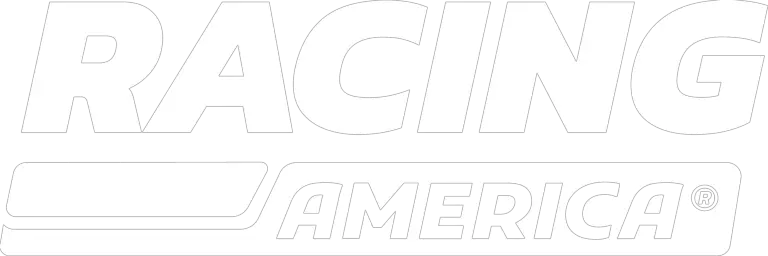
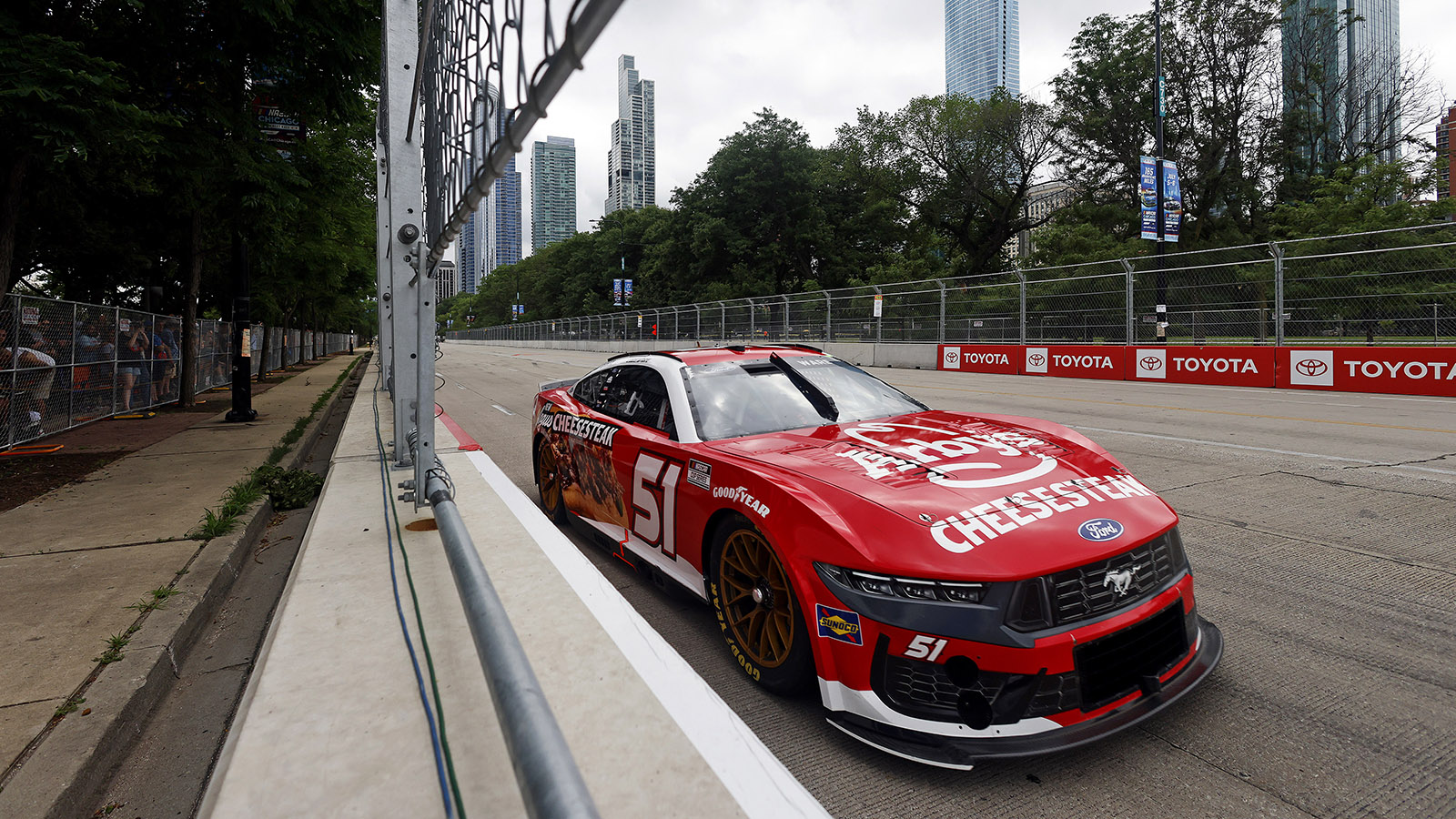
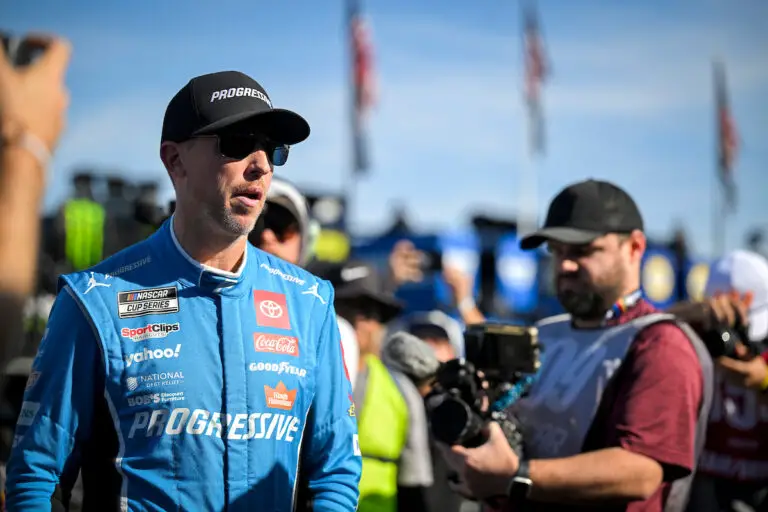
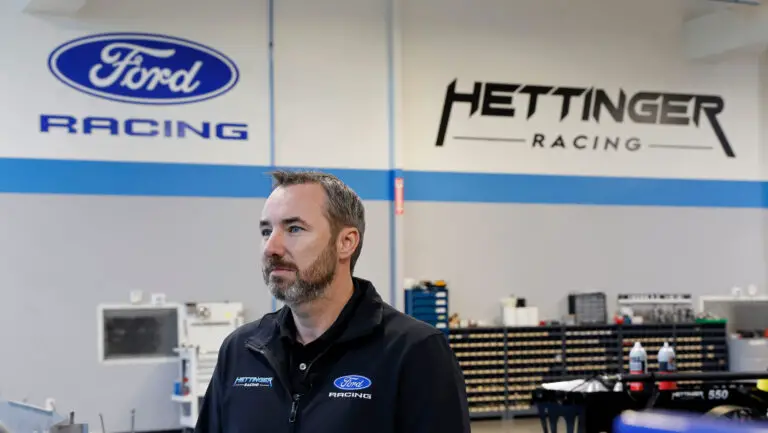

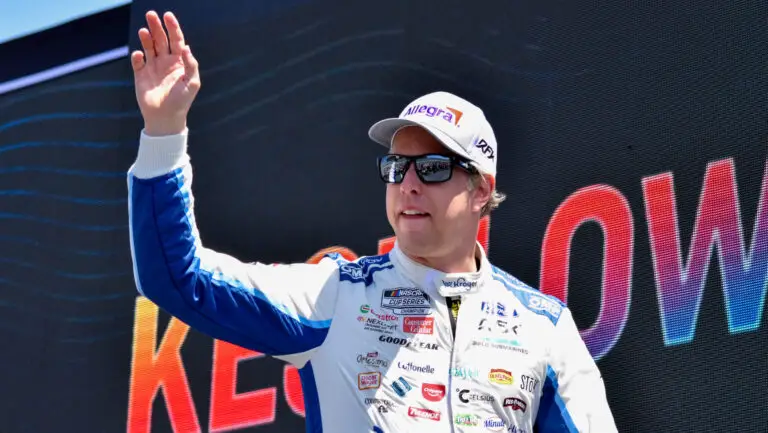
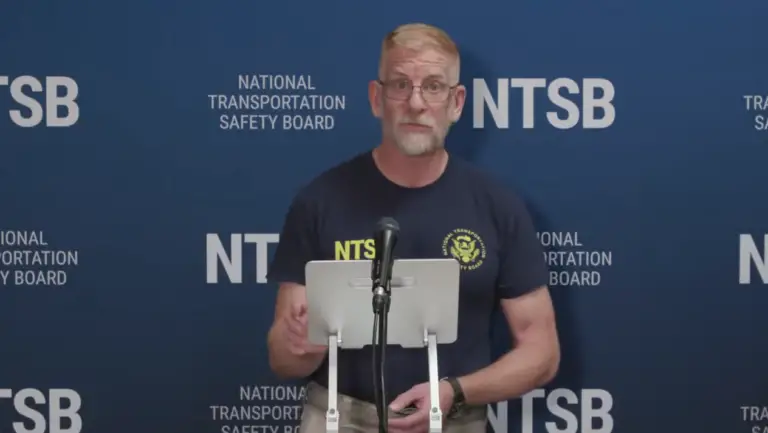
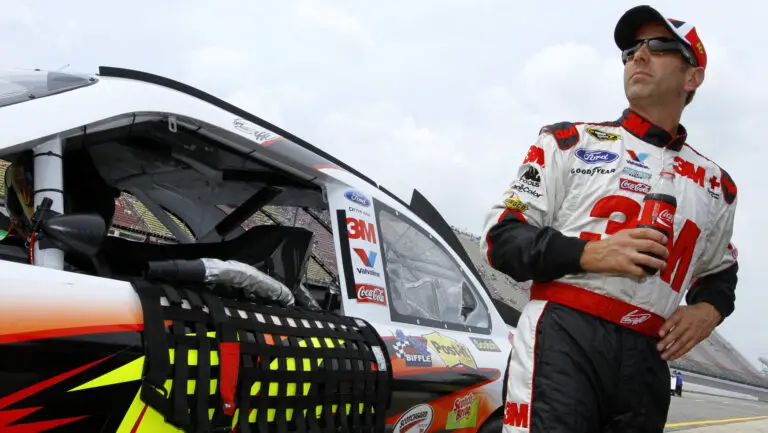
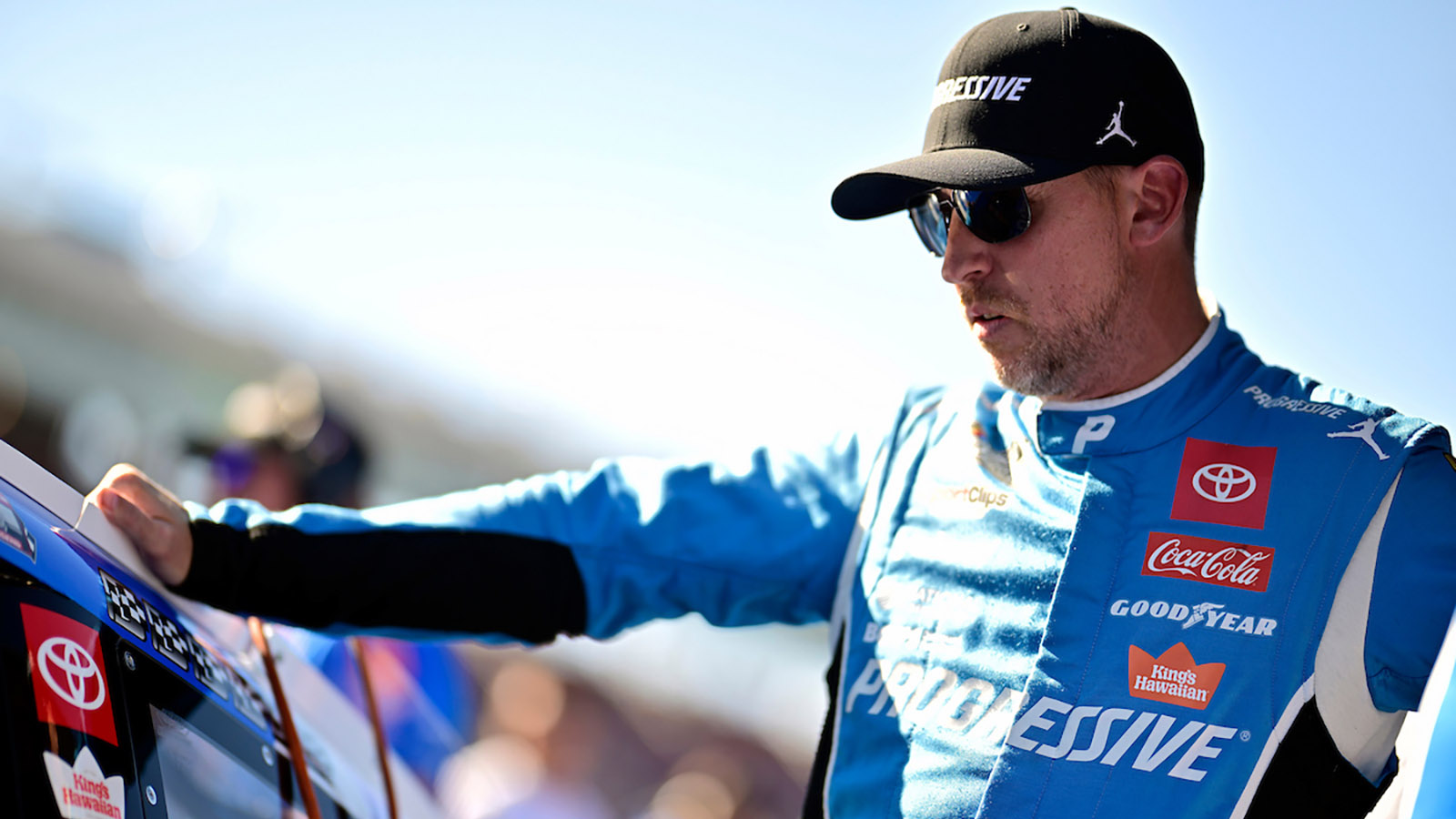
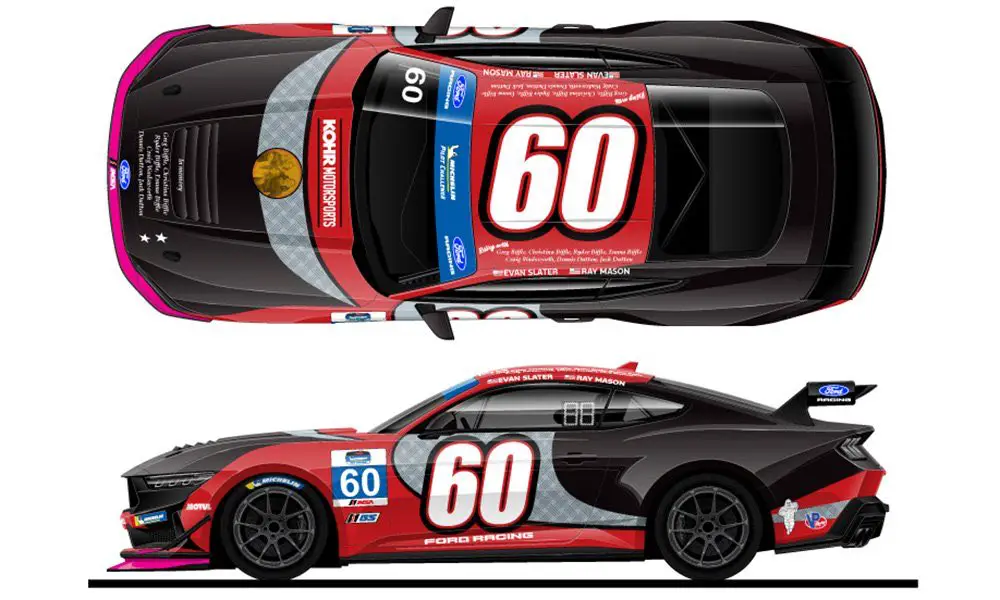
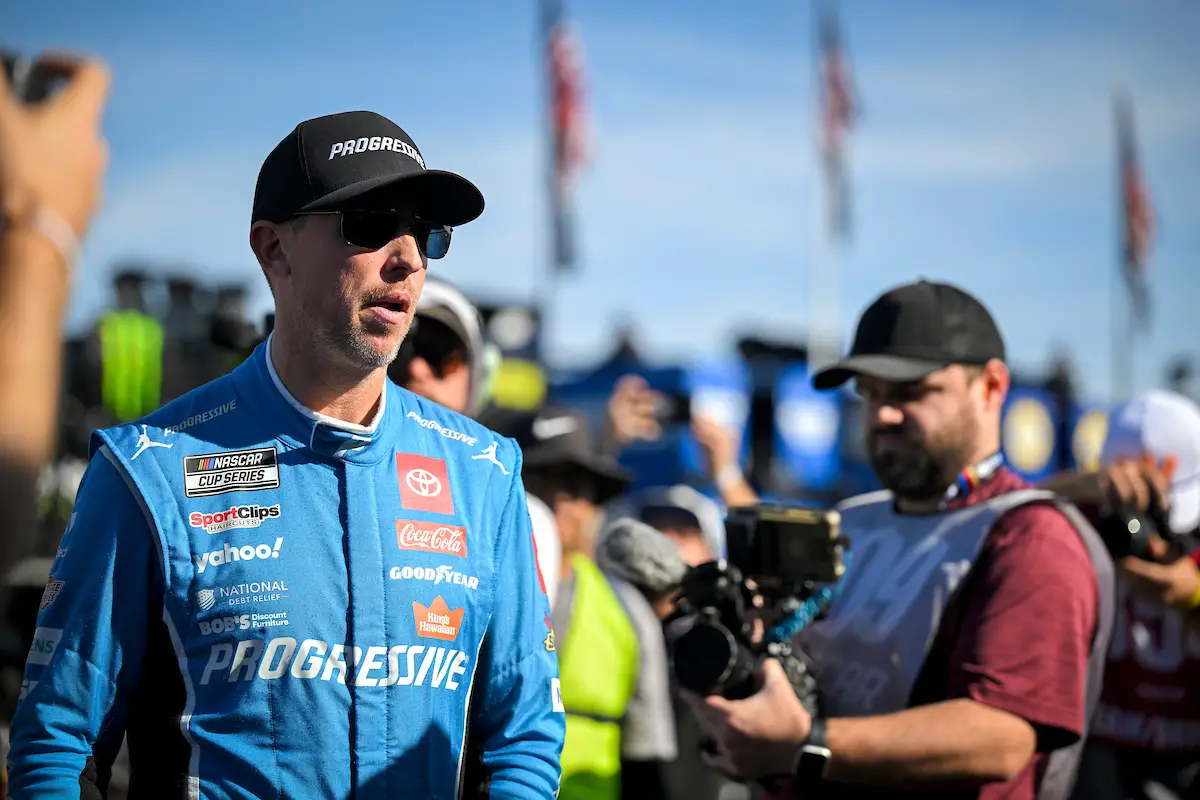
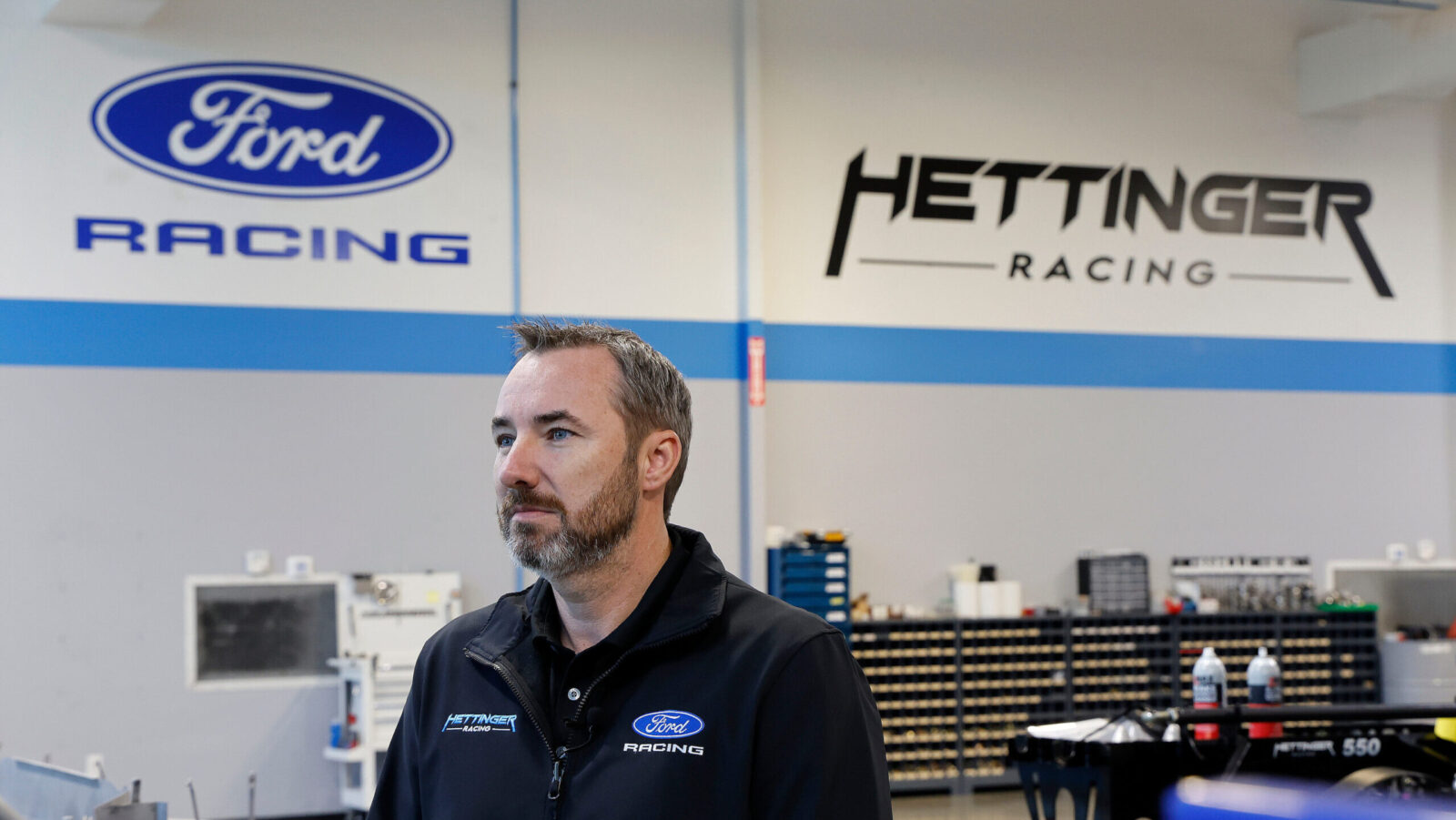
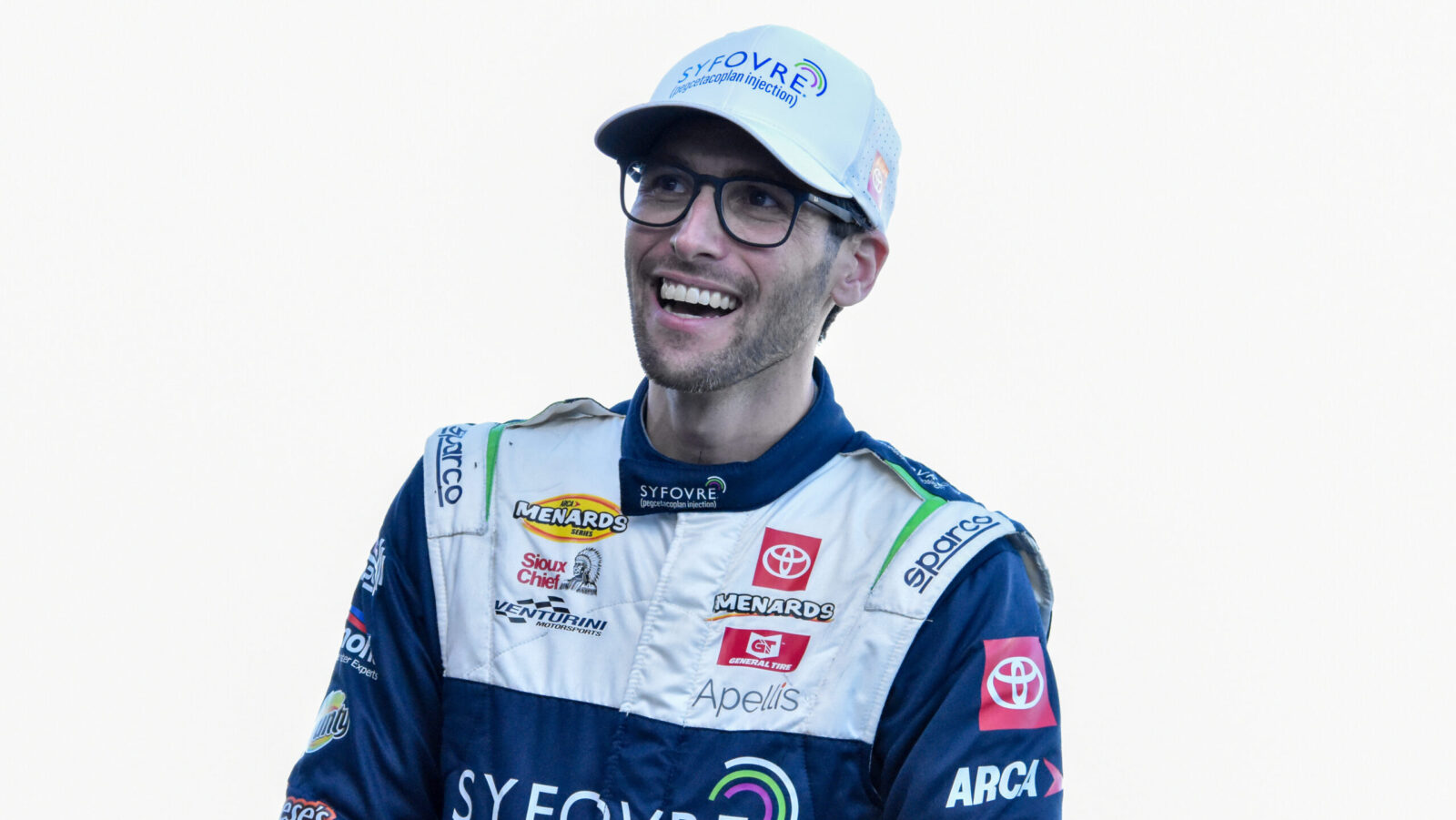
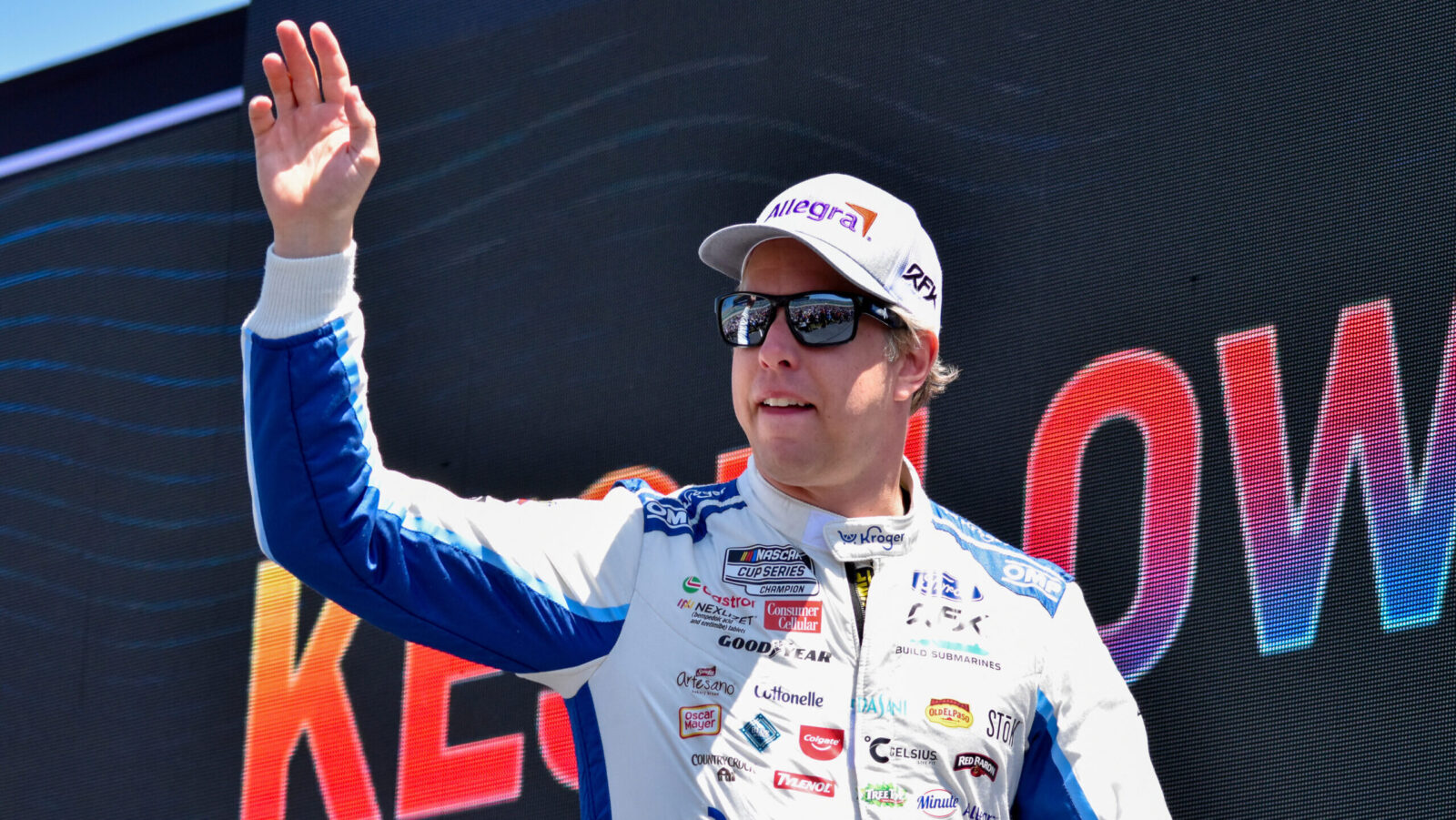
One Response
Race control should have known about the impact and it’s severity. The SCCA Corner Workers were right there an would have communicated the incident to the race steward immediately. Unfortunately, there was no breaks in the fence to allow them to assist the driver.
I was a SCCA Corner Worker for 25 years and amateur driver for 12.